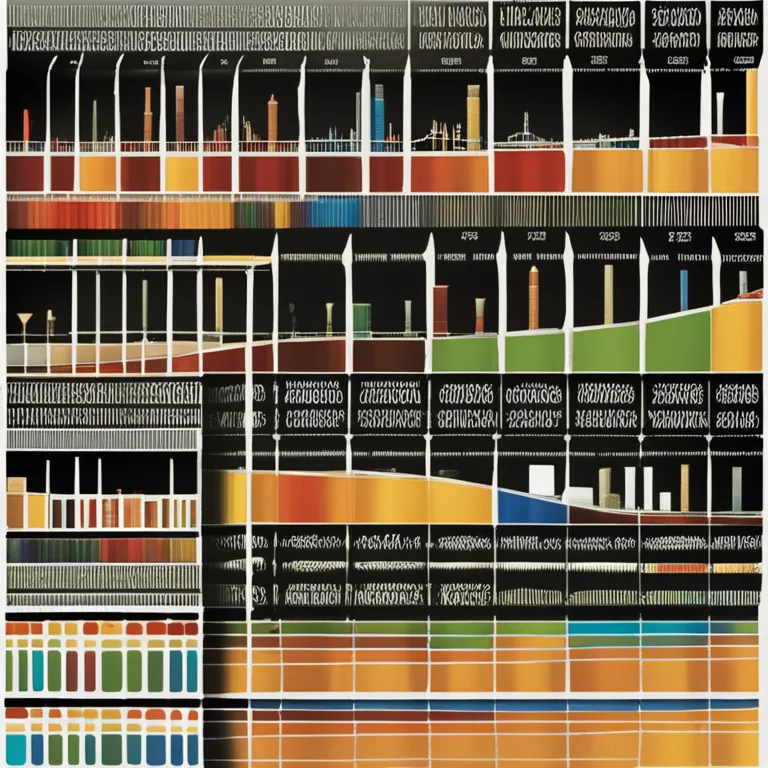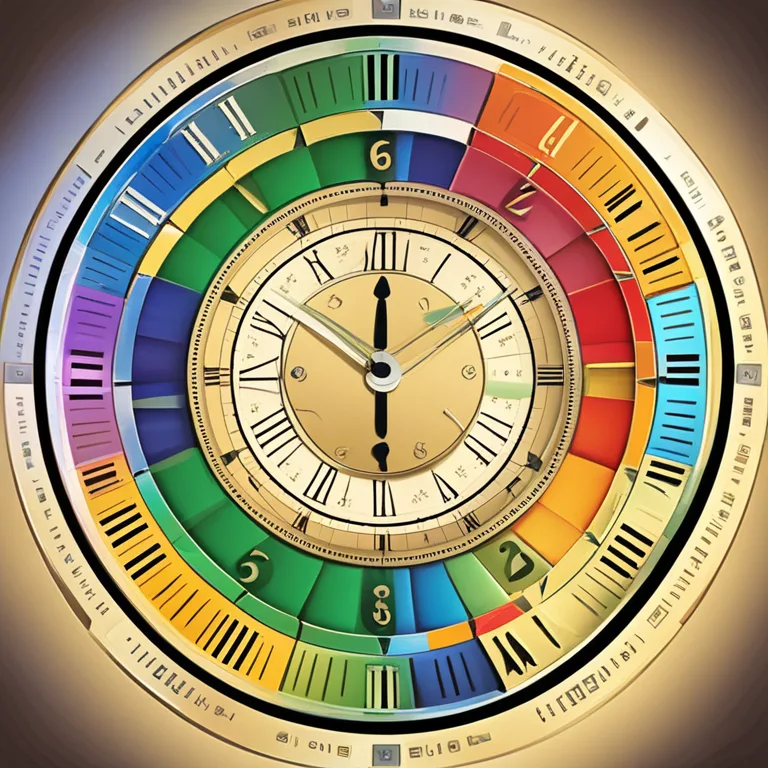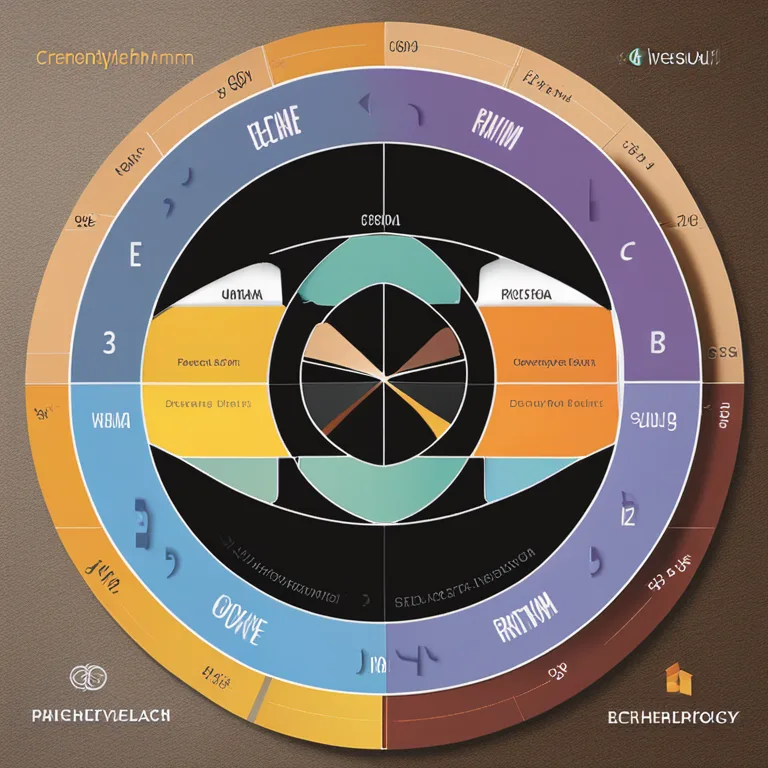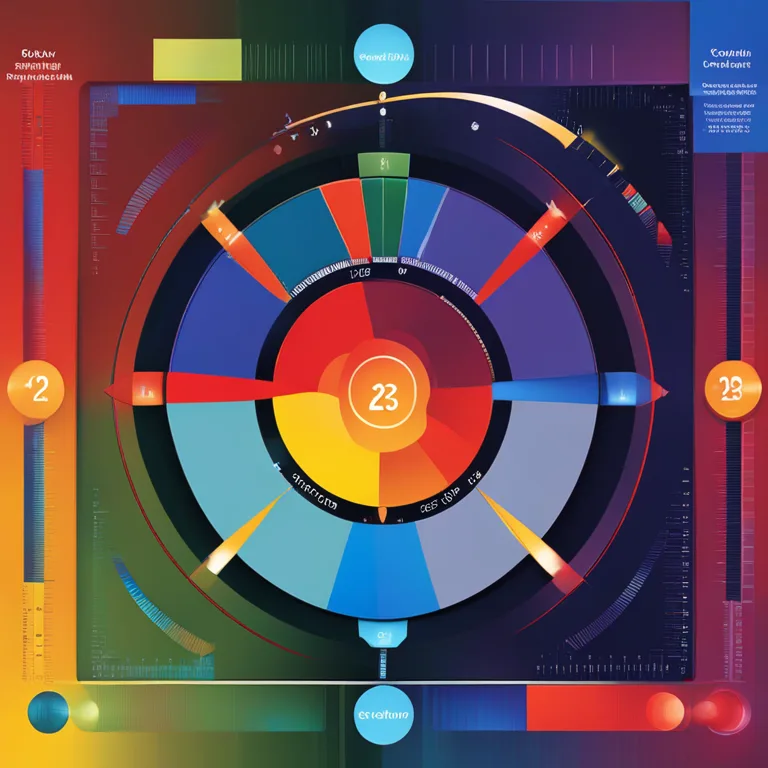
Synchronizing with Your Innate Biorhythm Clock
Delve into the intricacies of biorhythms as we define the biological clock that influences your physical, emotional, and intellectual states.
article by Adrian Wallace
The Concept of Biorhythms
Originating from the world of chronobiology, biorhythms represent the idea of natural cycles influencing human physiology and behavior. In theory, these cycles stem from our biological clock—embedded deep within our bodies—which orchestrates the rhythm of life. From physical prowess to emotional well-being, and the undulating waveforms of intellect, biorhythms propose that we're perpetually influenced by invisible chronometric pressures that ebb and flow with predictable regularity.

Three Fundamental Cycles
According to biorhythm theory, there are three primary cycles that are of particular interest: the Physical (23-day cycle), Emotional (28-day cycle), and Intellectual (33-day cycle). Proponents suggest the Physical cycle relates to vitality and endurance, the Emotional cycle corresponds to mood and creativity, while the Intellectual cycle impacts analytical thinking and decision-making. As individuals, we're said to oscillate between high, low, and critical phases within these cycles, dictating our performance and experiences.

Applications of Biorhythms
Enthusiasts of biorhythms tout their potential applications, from personal scheduling to career planning. For instance, it's suggested that by understanding one's cycles, one can arrange challenging tasks when their Physical cycle is high, or avoid emotionally taxing activities during a low Emotional phase. Furthermore, there is a notion that biorhythms can provide insights into a person’s compatibility with others—both in personal relationships and professional collaborations.

Scientific Scrutiny and Acceptance
Despite a dedicated following, biorhythm theory often finds itself under the microscope of skepticism. Critics highlight a lack of empirical evidence confirming its principles, and most scientific studies do not back the predictive power of biorhythms. Nevertheless, the theory retains a place within new-age and alternative practices, where subjective experiences sometimes champion over rigorous scientific validation.

Biorhythms in a Modern World
Looking ahead into 2024 and beyond, technology is grappling with the mysteries of human rhythms. Wearable tech and sophisticated algorithms are beginning to offer more personalized data, potentially giving credence to some aspects of biorhythmic patterns. As we deepen our understanding of the human genome and the complexities of circadian rhythms, the biorhythmic conversation continues to evolve.
Practical Tips for Aligning with Your Biorhythm
For those fascinated by the potential of synchronizing with their biorhythm clock, there are practical steps to explore its influence. You can start by plotting your cycles using online calculators or specialized apps and begin observing patterns in your well-being and performance. By keeping a detailed journal, you might discern personal trends that align with biorhythmic predictions—though it's essential to remember that correlation does not necessarily imply causation.
Published: 12/28/2023
Modified: 12/28/2023
More predictions
Come back here soon to learn more about yourself and your future


Unlocking Biorhythm Calculations
Learn the ins and outs of measuring your biorhythms to align with your natural energy cycles for enhanced well-being and decision-making.


The Practical Uses of Biorhythms in Our Lives
Discover how biorhythms can be applied to improve well-being and achieve a better understanding of personal cycles in health, decision-making, and relationships.


The Core of Biorhythm Theory
Delve into the core of biorhythm theory, a concept that suggests our daily lives are influenced by natural physiological cycles.